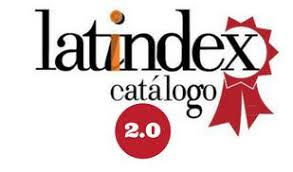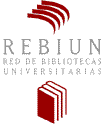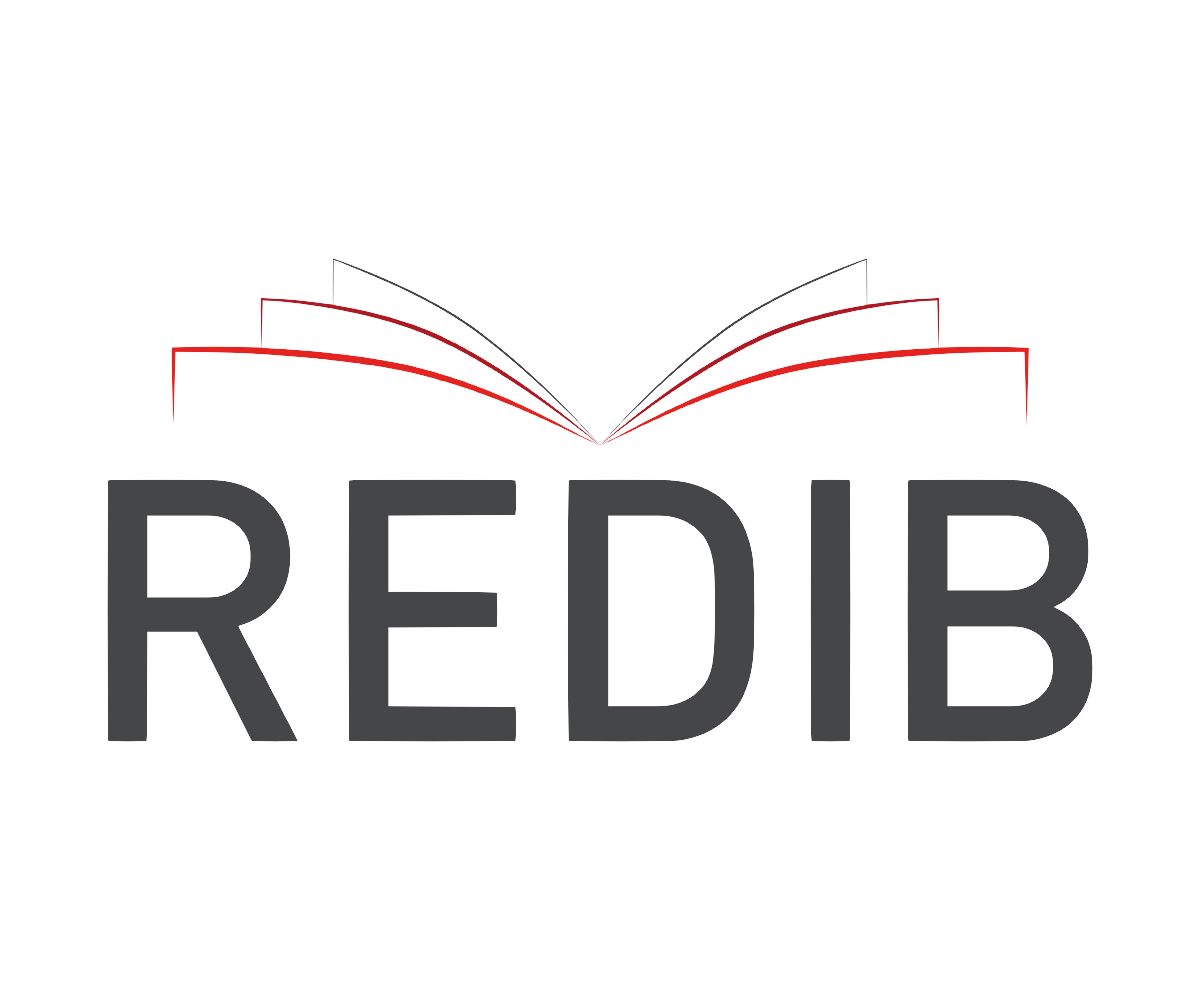Editorial
DOI:
https://doi.org/10.22320/07190700.2024.14.02.00Keywords:
-Abstract
In a Global South so eager for practical and accessible solutions, how close are we between the science we produce and its application to gaining tangible answers? Although this question might have been valid at different times in our history, it currently has new and complex variables. Since its inception, architecture and the built environment have been fundamentally proposed to protect us from risks and threats, natural or otherwise, including those associated with the inclement weather expected every year. However, as we have been "surprisingly" experiencing, these climatic variables are no longer so regular, thanks to the famous climate change. This has left us uncertain about the solutions we must propose to adapt our buildings. Thus, two keywords have emerged to face this phenomenon in recent years: adaptation and mitigation. However, for the built environment to comply with these guidelines, it should be designed to interact complementarily with the urban and socio-environmental context in which it is inserted. This would imply improving individual performance without compromising that of others.
Downloads
References
-
Downloads
Published
How to Cite
Issue
Section
License
Copyright (c) 2024 Rafael Eduardo López-Guerrero, Maureen Trebilcock-Kelly

This work is licensed under a Creative Commons Attribution-ShareAlike 4.0 International License.
The content of articles which are published in each edition of Habitat Sustentable, is the exclusive responsibility of the author(s) and does not necessarily represent the thinking or compromise the opinion of University of the Bio-Bio.
The author(s) conserve their copyright and guarantee to the journal, the right of first publication of their work. This will simultaneously be subject to the Creative Commons Recognition License CC BY-SA, which allows others to share-copy, transform or create new materials from this work for non-commercial purposes, as long as they recognize authorship and the first publication in this journal, and its new creations are under a license with the same terms.

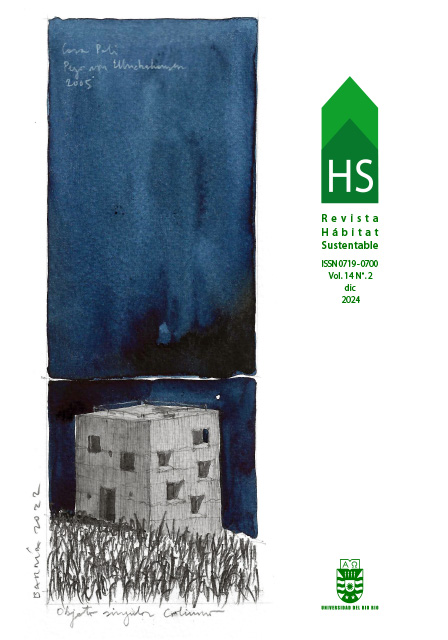
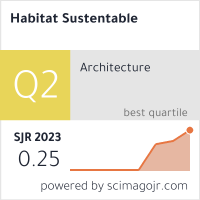

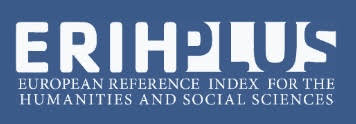




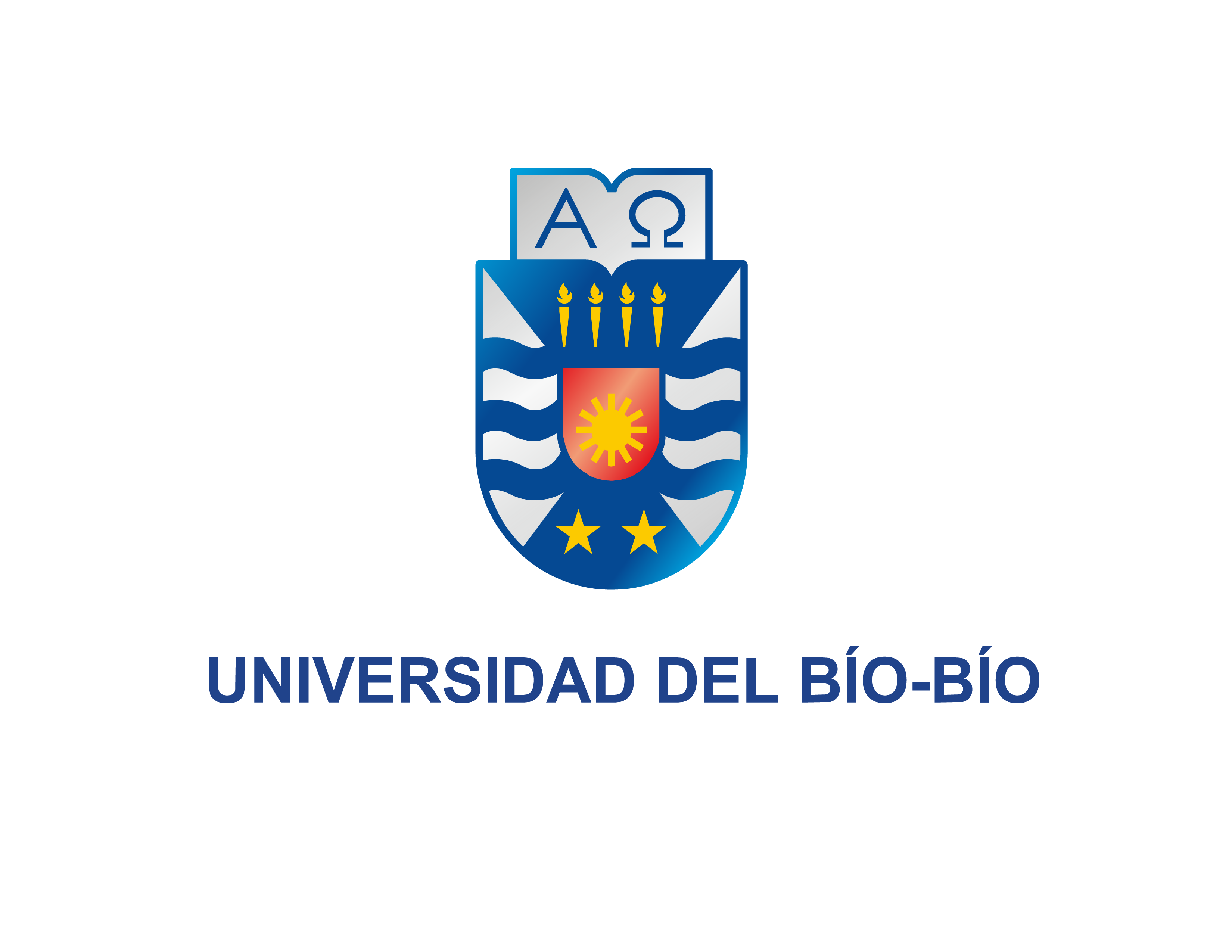

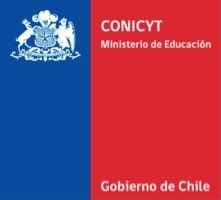 Scientific Information Program/Concurso Fondos de Publicación de Revistas Científicas 2018/ Proyecto Mejoramiento de Visibilidad de Revistas UBB (Código:FP180007).
Scientific Information Program/Concurso Fondos de Publicación de Revistas Científicas 2018/ Proyecto Mejoramiento de Visibilidad de Revistas UBB (Código:FP180007).
